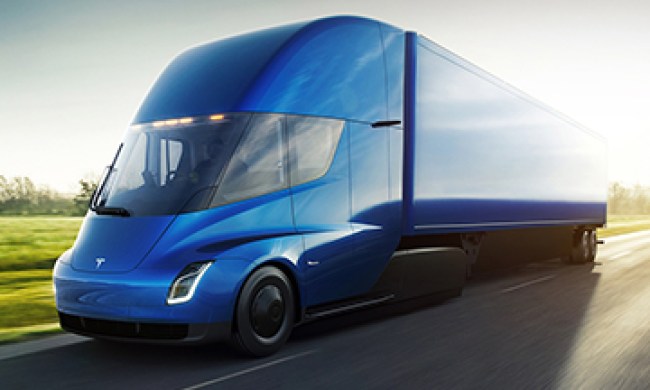
Tesla said it built 18,345 cars in Q2, an increase of 20 percent from Q1. By the end of the quarter, Tesla also said it was “consistently producing just under 2,000 vehicles per week,” a rate it previously hinted it had achieved. The ramp-up occurred toward the end of the quarter, with almost half the quarter’s production completed in the final four weeks, according to Tesla.
The company plans to continue speeding up production from there. It hopes to reach 2,200 cars per week in Q3, and 2,400 per week in Q4. It claims there is enough order backlog and anticipated demand to support production at that level, although Tesla won’t begin filling the nearly 400,000 orders it’s received for the Model 3 until late next year, at the earliest. Tesla expects to build about 50,000 cars in the second half of 2016, roughly equal to its entire 2015 production.
Read more: Who’s to blame for death in self-driving Tesla Model S?
That pace will be necessary to meet Tesla’s previously discussed goal of producing 80,000 to 90,000 cars this year. CEO Elon Musk has also set the ambitious goal of producing 500,000 cars per year by 2018, rather than 2020 as originally stated. Tesla’s Fremont, California, factory was able to produce that many cars when it was churning out Geo Prizims under joint General Motors/Toyota ownership, but Tesla obviously builds a different kind of car, and does so with somewhat different production methods.
While the increased production rate is a good sign for Tesla’s long-term plans, the short term news was less rosy. At 14,370 cars, deliveries were lower than anticipated, and well behind the production rate. Tesla noted that 5,150 customer-ordered cars were still being shipped at the end of the quarter, and will be delivered in the early part of the third quarter. That’s almost twice the number of completed cars that were in transit at the end of Q1, according to Tesla. Q2 deliveries included 9,745 Model S sedans, and 4,625 Model X crossovers.
Tesla will have to keep up this production pace and speed up deliveries in order to meet its goals without keeping customers waiting for their cars. There will be even more pressure to do so when Model 3 production starts, and Tesla has to begin filling a very large backlog of orders. Tesla has said it will begin building the Model 3 at the end of next year, but the company has missed every one of its deadlines for car launches so far.


